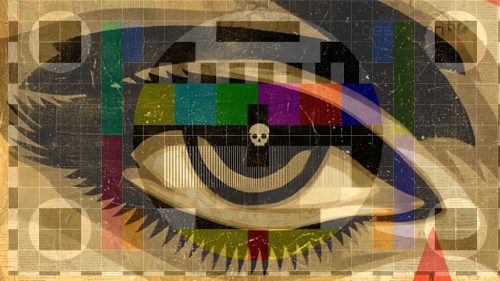@socketwench it's always bugged me they leave the phaser and communicator with the navy even if they apparently don't work anymore due to radiation
@socketwench the other thing that bugs me is Kirk giving the glasses with the throwaway line "and it will be again, that's the beauty of it" b/c it means the glasses (or at least the frames) are getting 200 years older each time they go through the loop
the thing with Scotty and the guy who invents it bugs me less because it's easy to imagine that Scotty knows who invented it (and in the novelization they expand on it and say that Scotty indeed knows that that's the guy who invented it), although that's still a time loop
and there was a cut scene with Sulu meeting his great great great grandfather as a child that Takei pushed for b/c it gave Sulu something to do, but it didn't work out b/c the child actor had a stage mom who kept interfering & they couldn't get it done
@ami_angelwings @socketwench - Oddly, the Sulu's Great Great Grandfather scene doesn't take place in Chinatown, but directly after Kitk goes to sell his glasses on Market Street. Missed opportunity there, both with the interfering stage mom and not putting it in Chinatown.

@dolari @socketwench oh interesting